BaristaJoshRacing and Greg from FanAmp spent the weekend with Porsche Penske Motorsport for the 2024 Lone Star Le Mans Race. Here's our inside look at endurance racing and what it takes to race for 6 hours straight.
Attending Lone Star Le Mans means soaking up every minute of an endurance race weekend. We embedded ourselves with a traveling team of roughly 80 mechanics, engineers, drivers, and professionals who push the limits of their minds, bodies, and machines race-after-race in a bid for the coveted World Endurance Championship titles. Here’s our inside look at endurance racing with Porsche Penske Motorsport and what it takes to race for 6 hours straight.
3PM Thursday: 70 hours until race start
The calm of an uneventful early morning flight from New York City abruptly ended as I exited the Austin-Bergstrom airport into the glaring Austin sun. The heat on my face brought with it an immediate alertness, reminding me that I would soon be trackside with BaristaJoshRacing for the World Endurance Championship’s (WEC) Lone Star Le Mans race.
We had the privilege of being invited to shadow the Porsche Penske Motorsport team and were heading to the track early for passes and the initial briefing. It promised to be an action-packed agenda speaking with drivers, capturing photos, and more, but the one thing top of mind was to understand the preparation and fortitude required to compete in endurance racing.
Want to learn more about endurance racing and what makes the Lone Star Le Mans at the Circuit of the Americas (COTA) so special? Then check out our in-depth feature.
Well before Josh and I pulled up to the track, the Porsche Penske team had been hard at work unloading sea and air freight in the paddock. Teams arrive at the track in a staggered manner starting the Monday of race week. Getting the entire operation off the ground requires a seemingly endless army of mechanics, engineers, drivers, and other professionals like Communications and Business Relations. In total, there are about 80 professionals on-site for the two-car outfit, with another 15 or so people providing remote support to the team. All of that comes on top of days of testing earlier in the season, both at COTA and in simulators back at Porsche’s homebase in Weissach, Germany.
Porsche Penske is one of nine automotive manufacturers competing in the Hypercar class. That means they field their own personnel and cars (a “works team”) within the regulatory constraints of the series to preserve the Balance of Power (BoP). They also have customer teams running their Porsche 963s: Hertz Team Jota and Proton Competition.
Porsche Penske runs two Hypercars in WEC. For this series, cars are piloted by sets of three drivers who each take a turn behind the wheel - called a stint - at various points in time. That meant six drivers were on-site waiting to run:

Car #5: driven by Frédéric Makowiecki of France, Matt Campbell of Australia, and Michael Christensen of Denmark
Car #6: driven by André Lotterer of Germany, Laurens Vanthoor of Belgium, and Kévin Estre of France
While teams have flexibility with which drivers are behind the wheel in a given session, Porsche Penske opts for a routine run plan each weekend. They believe they can better optimize around the consistency to ultimately extract the most value. A typical weekend looks like:

Matt Campbell (#5 Car): “I think for us it’s a good option because on a race weekend each driver is always working on the same things. When it comes to qualifying, because it’s always the same driver, you can extract that little bit more because you’re used to it.”
As the team worked in the garage and media center, the drivers had been out walking the full 3.4 mile (5.5 KM) track to familiarize themselves with the layout and pinpoint any watch outs for practice runs.
Michael Christensen (#5 Car): “As a driver, [COTA is] very technical. You have some elevation changes which makes it challenging because some of it is within the corners. Then you have very high-speed corners, very-slow speed [corners], some long straights, a little bit of everything to be honest. That’s good because it puts the driver under pressure because you need to do a good job to make a difference.”
Every driver spoke confidently about the team’s ability to manage the technical challenges. They were also optimistic because the surface had recently been repaved, meaning it should remove problematic bumps and improve grip.
With the track walk and unpacking completed, the garage was in good spirits. A playful energy filled the air, and we caught initial glimpses of the camaraderie that would become a staple of our time with the team. The next day would be the true kick-off for the weekend, but for now it was about enjoying the good company.
8AM Friday: 53 hours until the race starts
It was only practice day and yet the team garage was buzzing from the earliest hours of the morning. While Thursday was light-hearted, Friday was all about focus.
Frédéric Makowiecki (#5 Car): “In general, we try to be as focused and, as we say, ‘in.’ You know, in the car quite early. When you add stress or when you add a rush you are always struggling to be at one hundred percent. The main goal is to be spot on from lap one and be capable [of repeating] the same performance.”
The team worked diligently across two 1.5-hour practice sessions, collecting data on track and practicing pit stops, including swapping drivers, refueling, and changing tires. Given the risks, mechanics and drivers alike endured the heat in full fireproof suits.

It was incredible watching everyone work. The garage was almost silent, except for the occasional conversation among drivers or between drivers and their engineers. Everyone knew their role and carried it out calmly. They trusted each other to do theirs.

By the time Free Practice 2 ended it had been an eleven hour day, yet things were not over. Session data was logged and engineers were busy adjusting the setup as mechanics made sure everything was in order ahead of qualifying day.
3PM Saturday: 22 hours until the race starts
With four hours of practice sessions completed, Kévin Estre and Matt Campbell were ready for qualifying to begin in an effort to secure the coveted pole position. Although they weren’t running in the session, the other drivers watched and listened intently from the garage alongside the rest of the crew.

Qualifying concluded and the team sat in P14 and P6. The mood remained logical. Tires were carted and cleaned, engineers darted to meetings, and the media center glowed as clips and articles were published. There was a universal understanding that ‘this meant homework tonight’ to ensure the team was ready for the 6-hour race looming ahead. Keep pushing.
8AM Sunday: 5 hours until the race starts
It was another scorching day. The same mechanics and engineers who stayed late every night prior were back at the garage once again, this time before even the most ambitious fans were in line for the pit walk.
We asked Rebecca Jones, Porsche Penske’s Team Communications Manager, how the team operates under this stress.
“You bring the same energy as you do for Le Mans. You just want it so bad. All you want to do is win that race so you just dig deep.”
She explained that mechanics and engineers don’t get to take breaks. There are no replacements. It takes everyone on the team to win the race, and they are full-throttle the entire week.

The team was all smiles as fans poured into the pit lane. If you looked hard enough you might catch a glimpse of the fatigue setting in, but no one in that garage would let that get in the way of a win.
9PM Sunday: 2 hours after the race ended
Despite the checkered flag falling and the sun and crowds having disappeared, the pressure had yet to subside.
The #83 AF Corse had won the race. While Porsche Penske’s efforts yielded enough points to hold onto the drivers’ championship for the #6 car’s roster and to sit second in the manufacturers’ championship, there was much work to be done tuning the operation ahead of the final two races.
Speaking of the final two races, come Monday morning everything had to be packed and shipped off by plane to the Fuji Speedway in Japan to do it all again in under two weeks time.

The team worked quickly to adhere to this timeline. Sleep would come on the plane ride home.
What it takes to race for 6 hours straight
Endurance racing requires so much more than simply putting a car on track. It’s a combination of factors that you don’t truly appreciate until you attend a race in person. Sitting trackside from dawn to dusk without the creature comforts of your couch really makes it real, even if it’s only a fraction of what teams endure.
After going inside Porsche Penske’s endurance racing program for more than 72 hours, here’s what we believe it takes to race for 6 hours straight:
- Team - As we learned, there are 80+ people present, all with the same dedication and determination, to run just two cars. What’s more is that these people need to bond like friends and operate as a unit. The more time we spent, the more we noticed little nuances like drivers and mechanics sitting side-by-side during the race, or how the team embraces one another as the weekend wraps. This takes one big family.
- Dream - It’s easy to let fatigue set in when you’re running on no sleep for over 72 hours. What separates the winners from the rest is their persistence in all aspects of the sport. They will field the best car. They will take an honest and open look at mistakes. They will approach the weekend with limitless optimism and energy. The right attitude is paramount.
- Machine - You can show up with the people and the motivation, but winning also requires a fast car and well-oiled operation.
Jonathan Diuguid - Managing Director, Porsche Penske Motorsport: It really takes everybody to win these races. It’s not just [the] career performance of the driver or sprint racing format, it’s really the reliability and the pit stops and the duration of the race events.
It’s been Porsche Penske’s ability to jointly harness the power of the car and the team, and their methodical, winning mindset, that makes their machine hum.

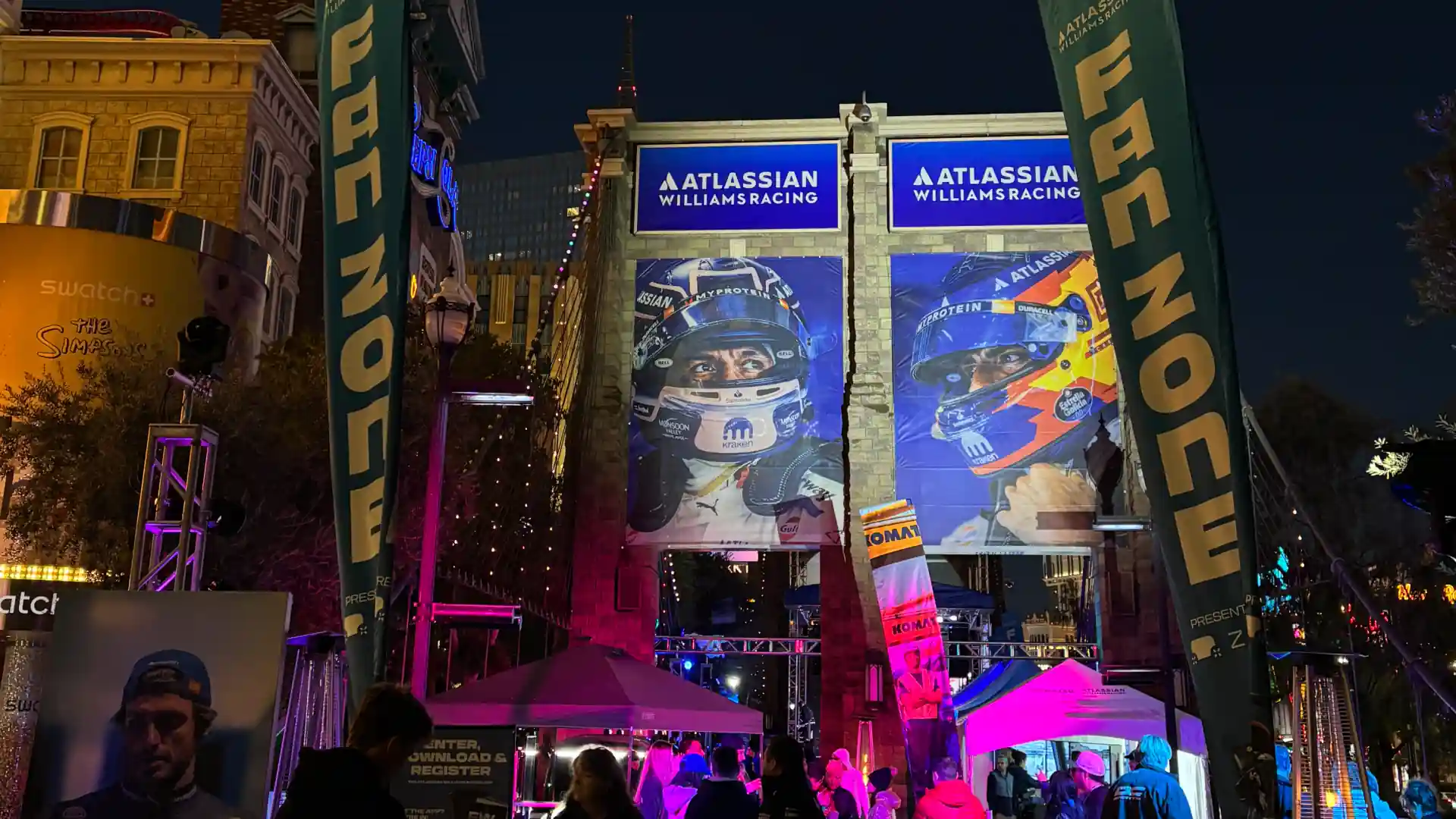





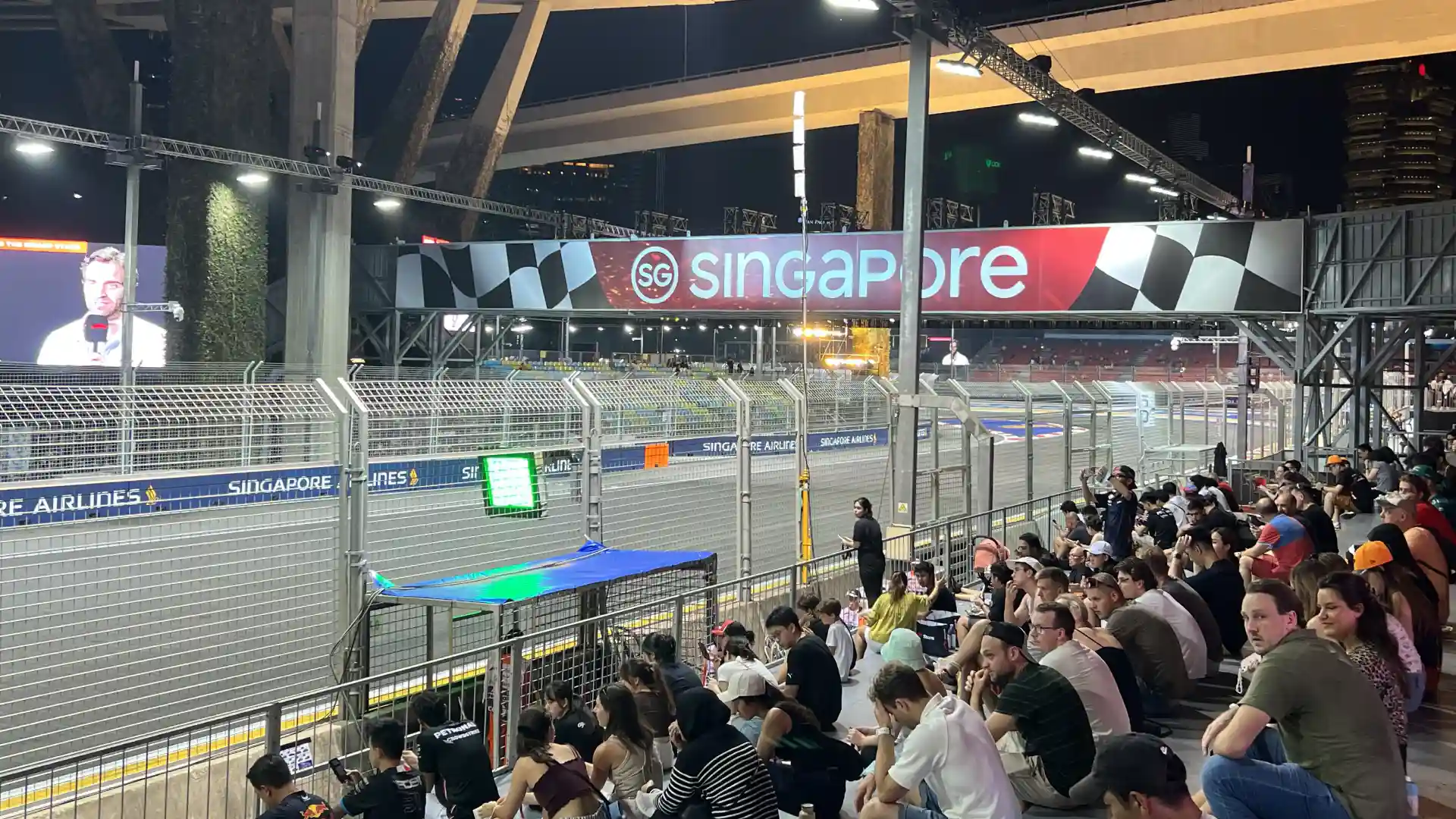
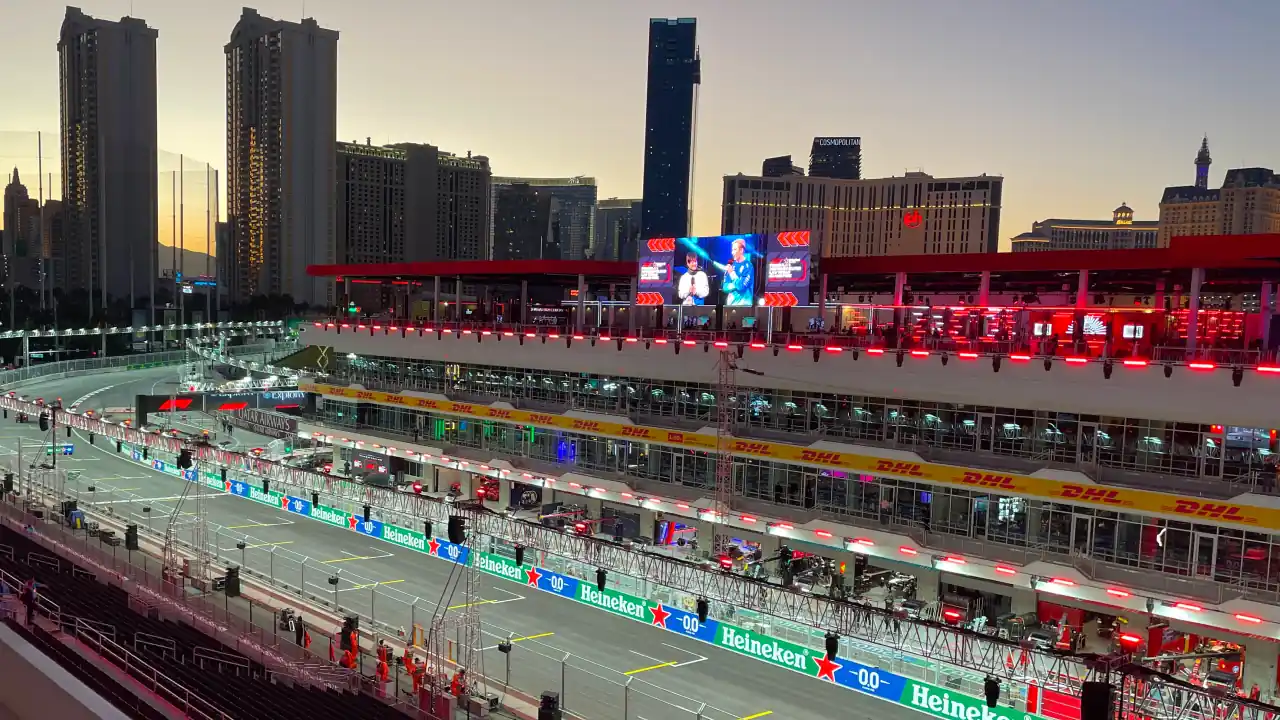
.webp)

.webp)
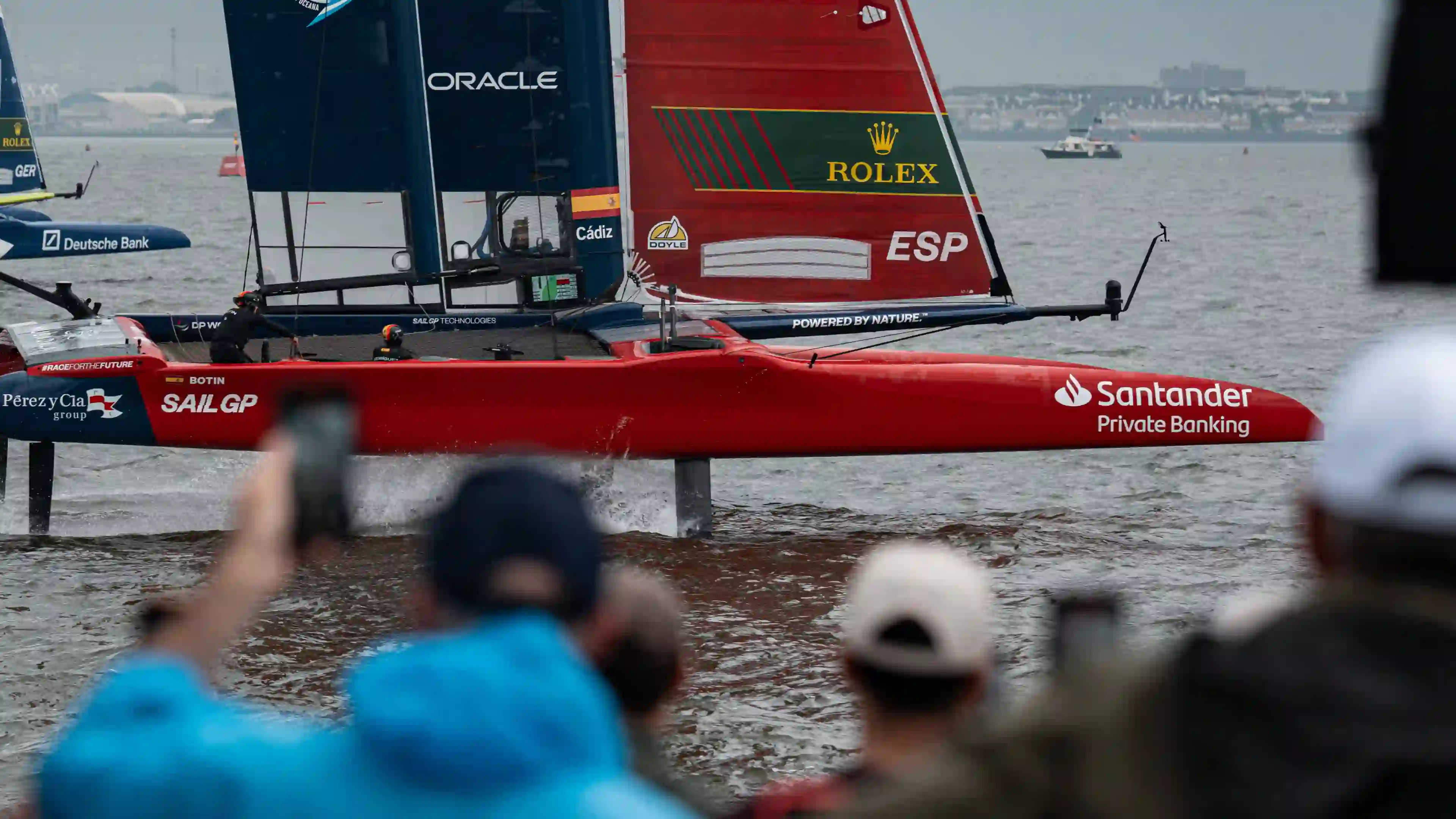

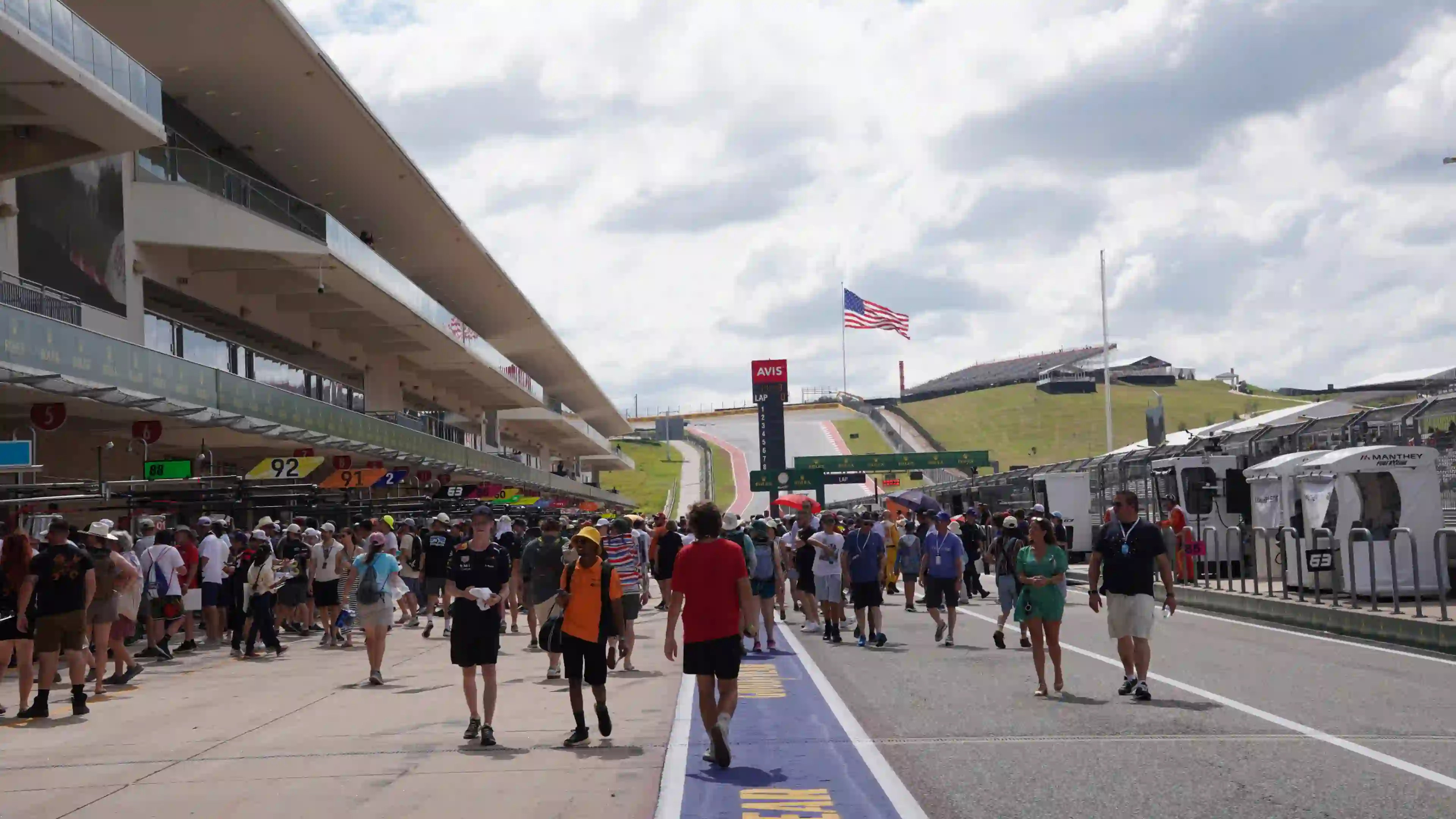

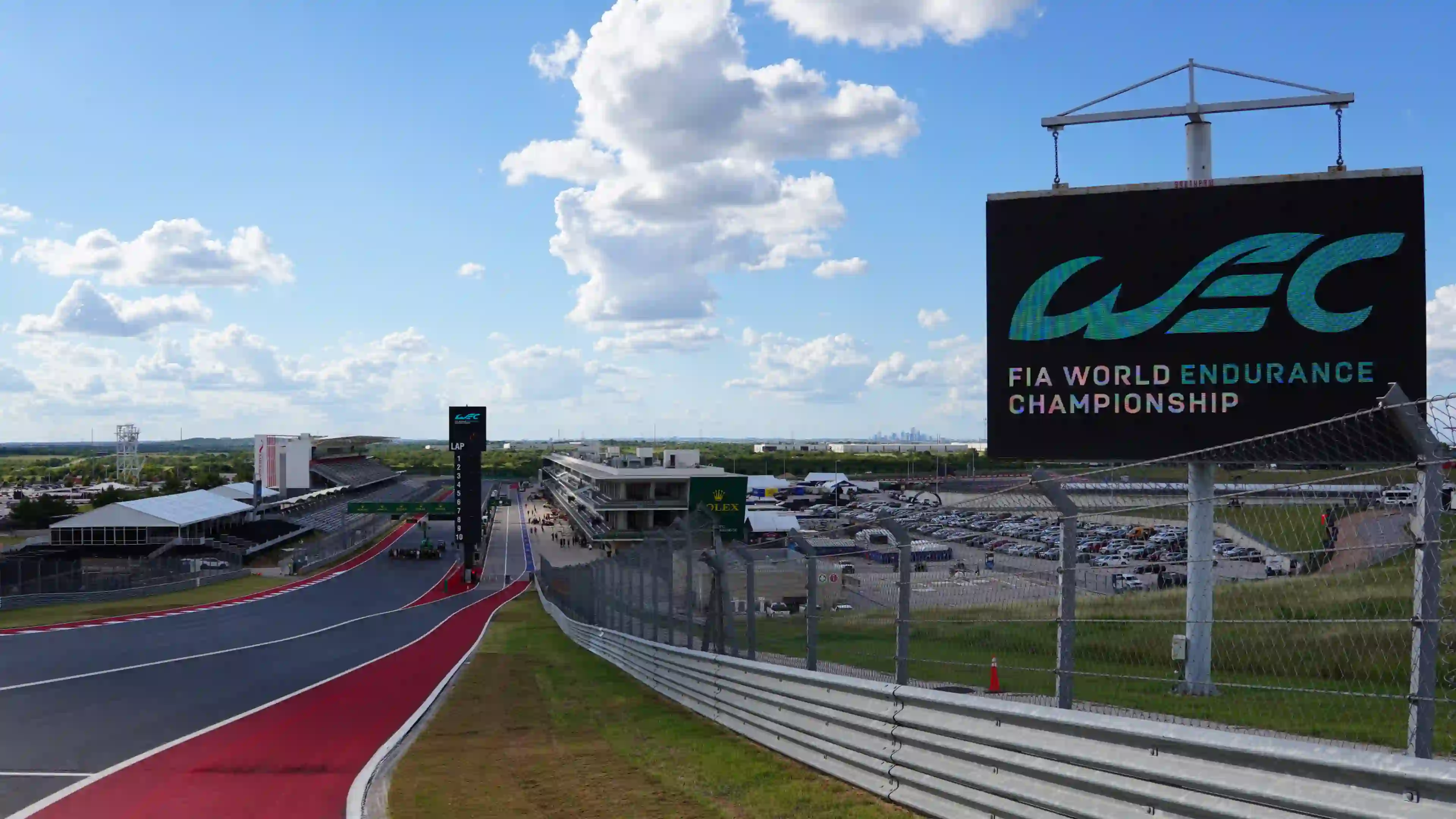
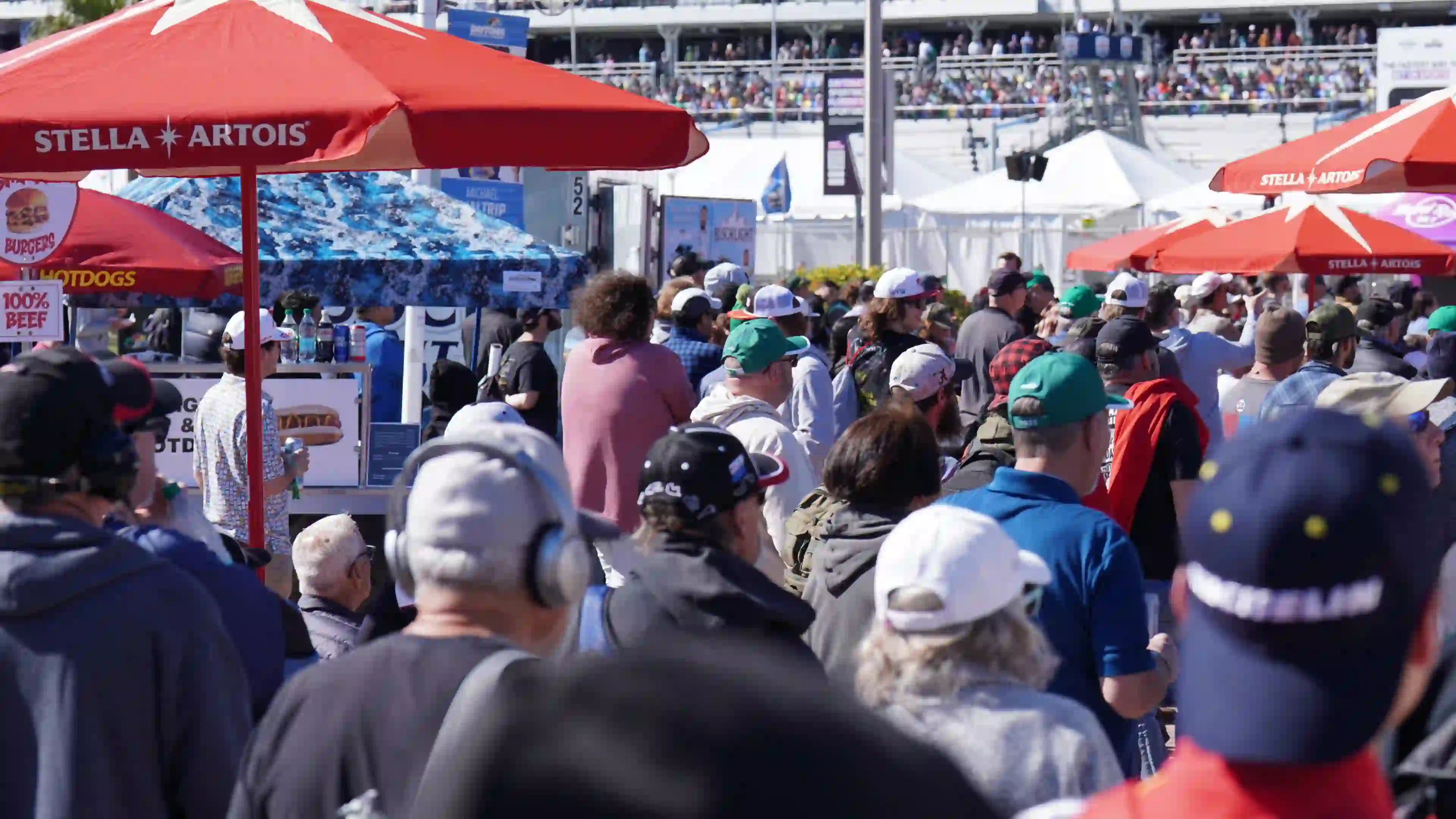



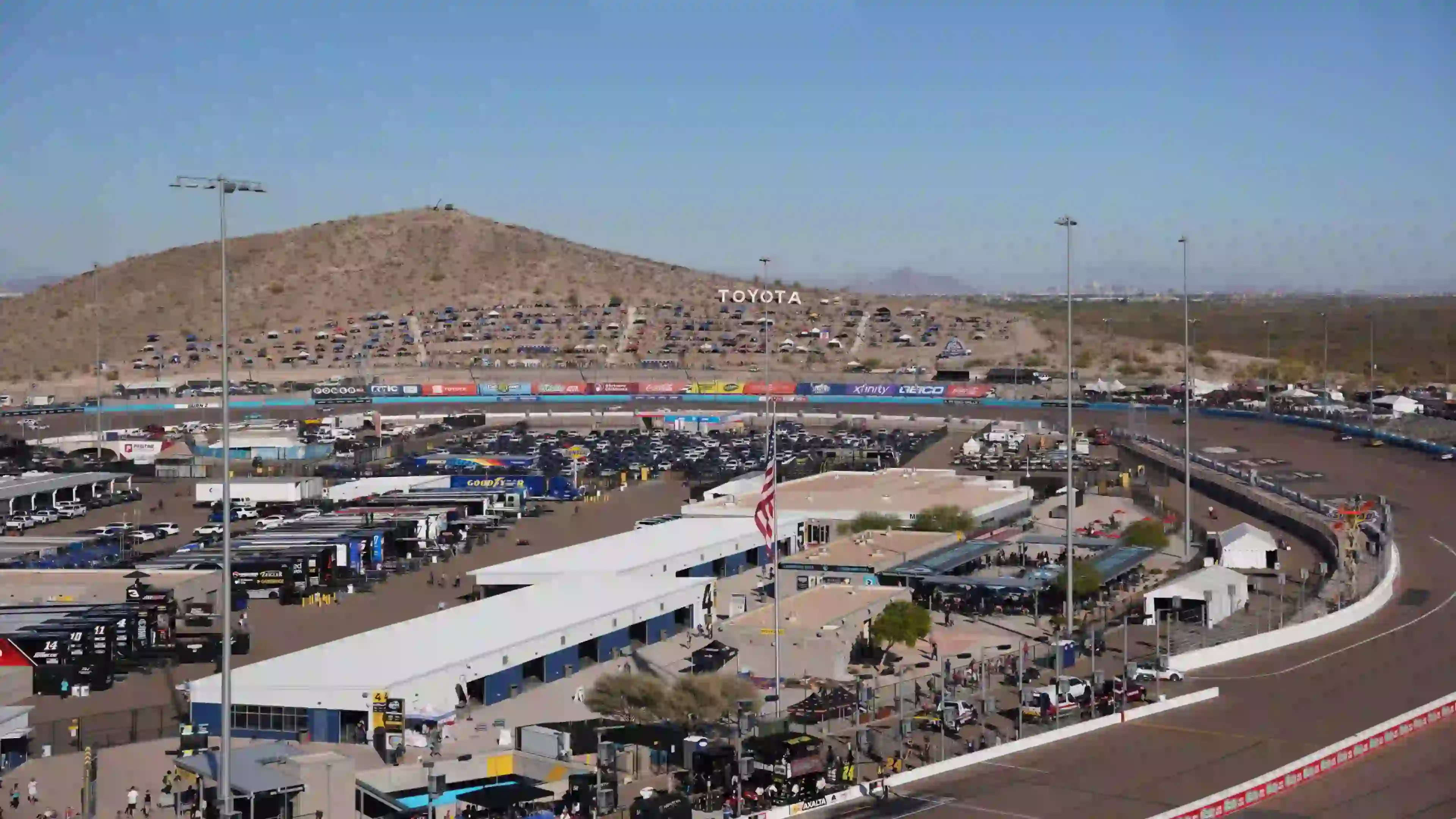
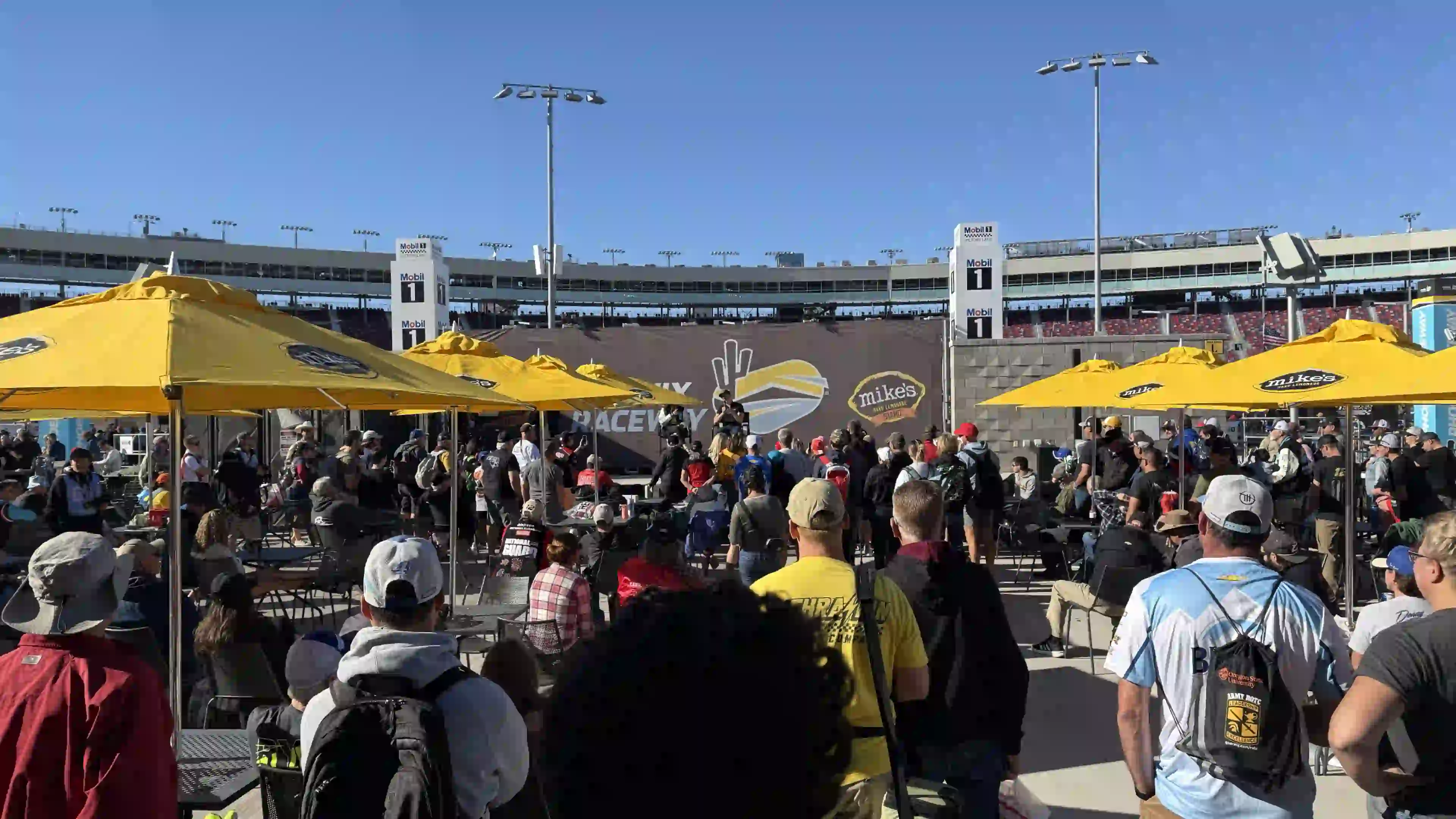
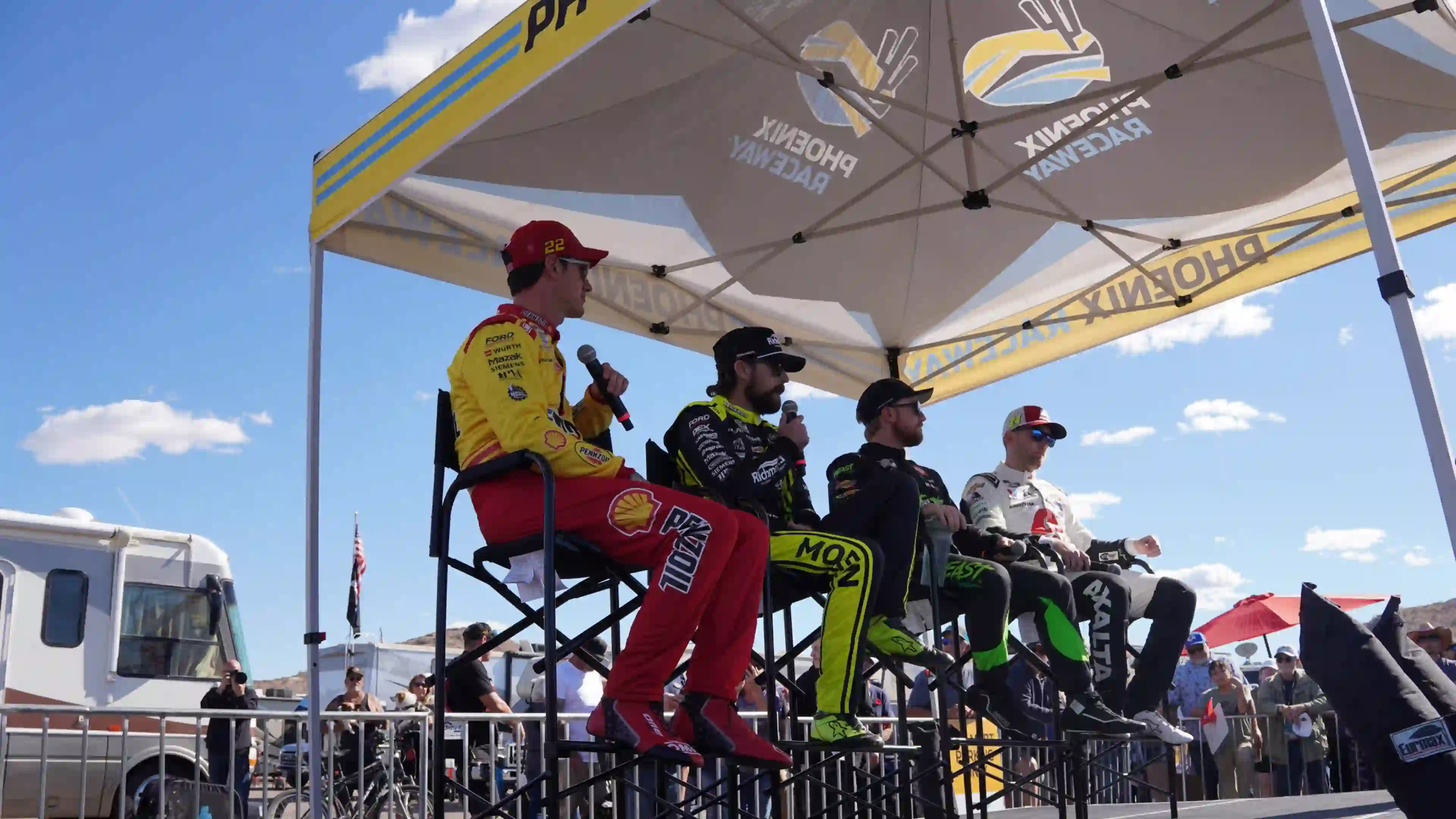
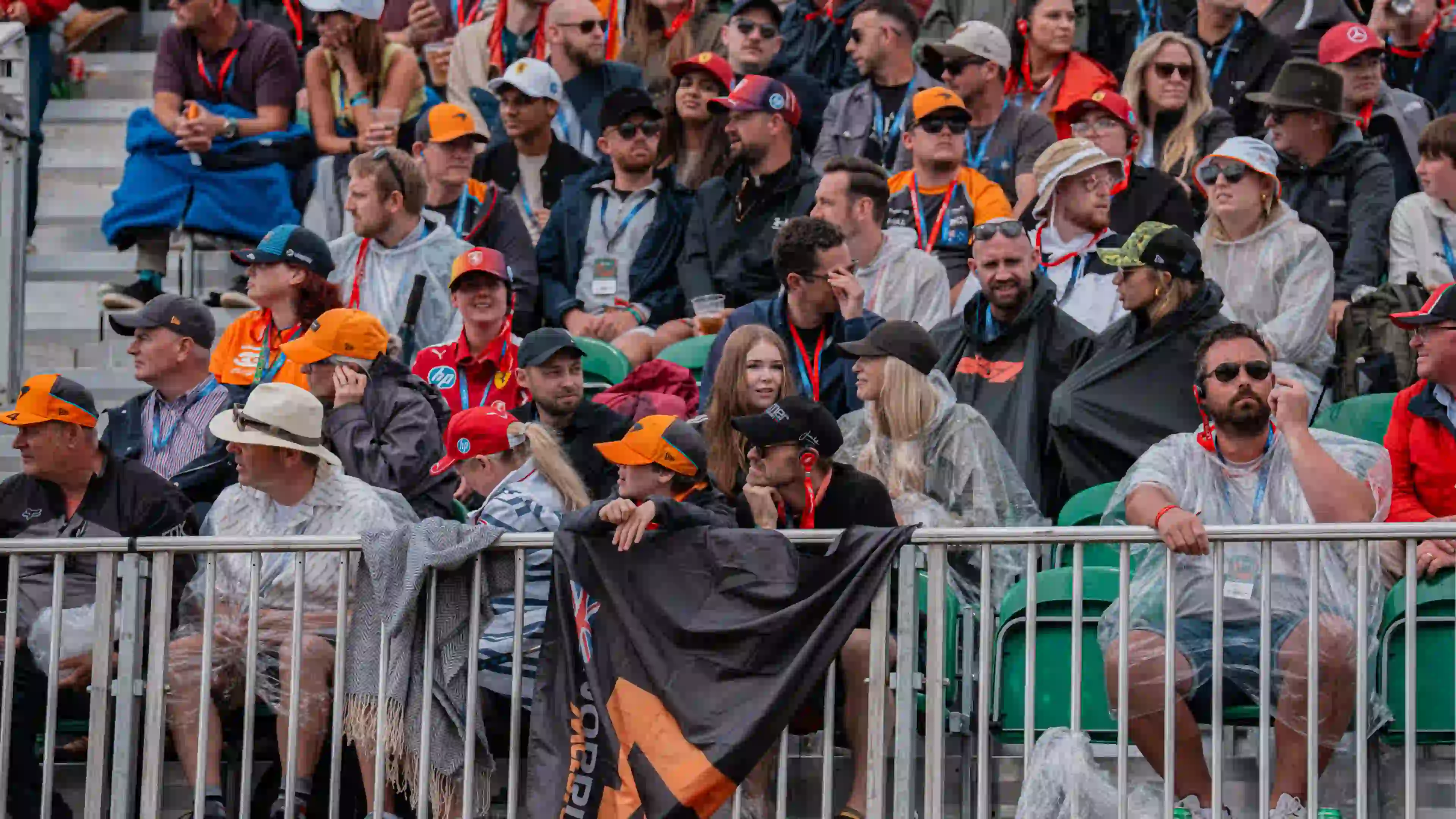
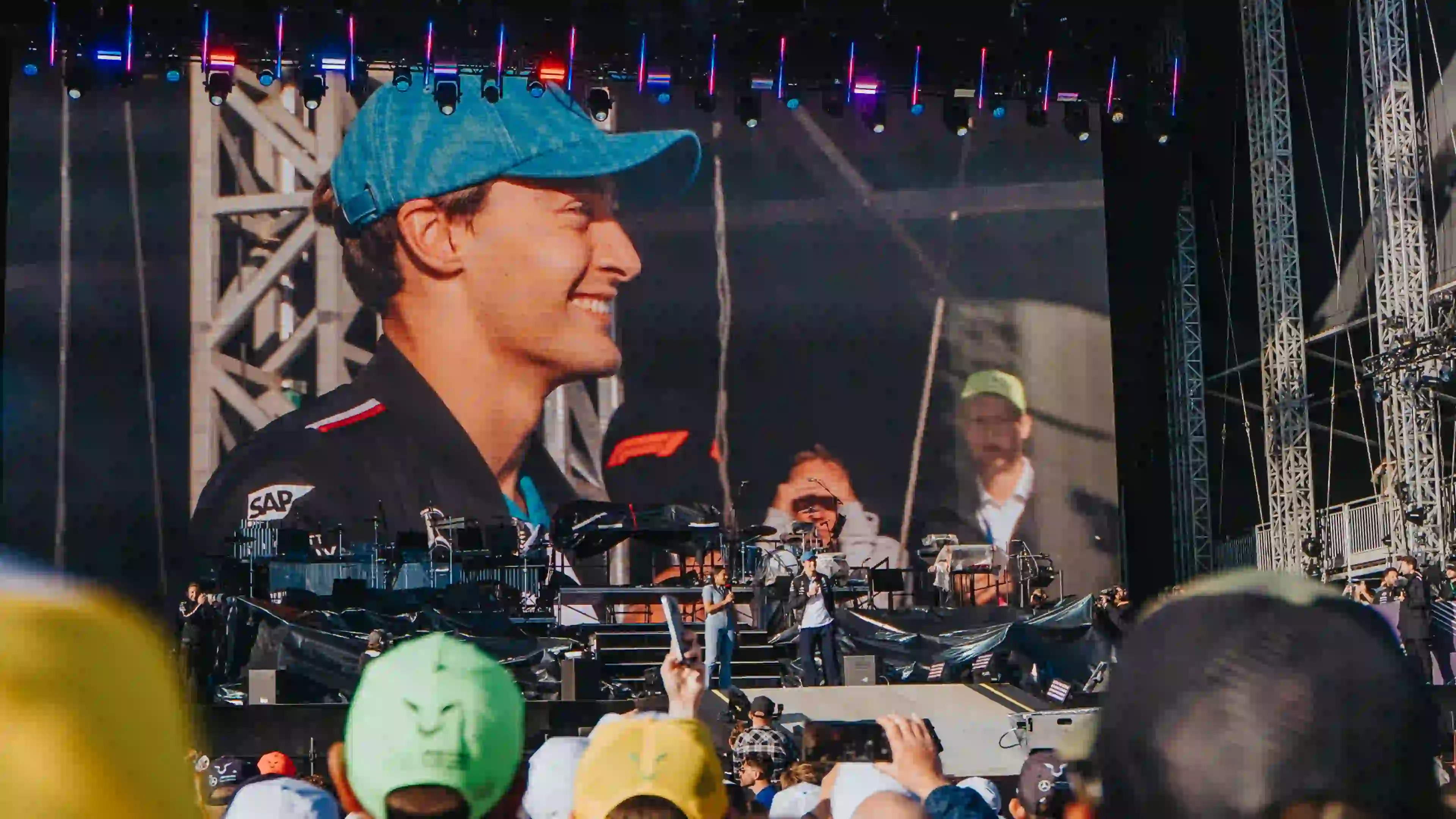



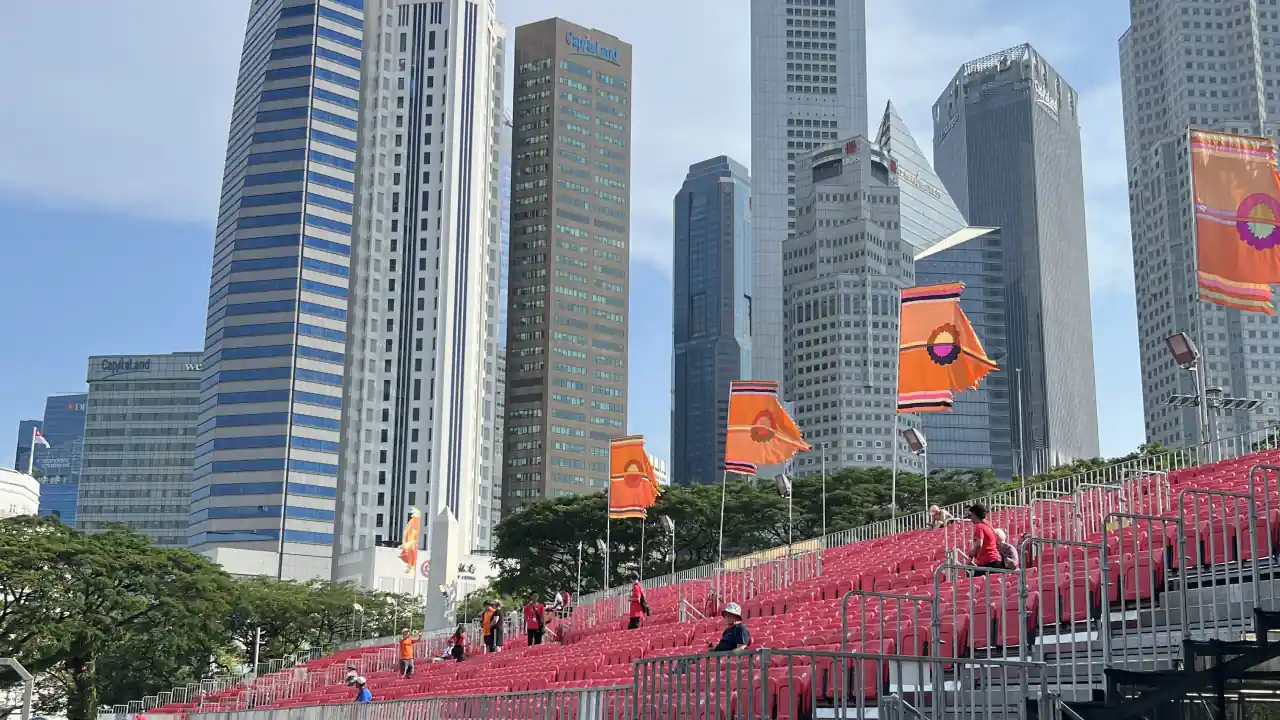
.webp)

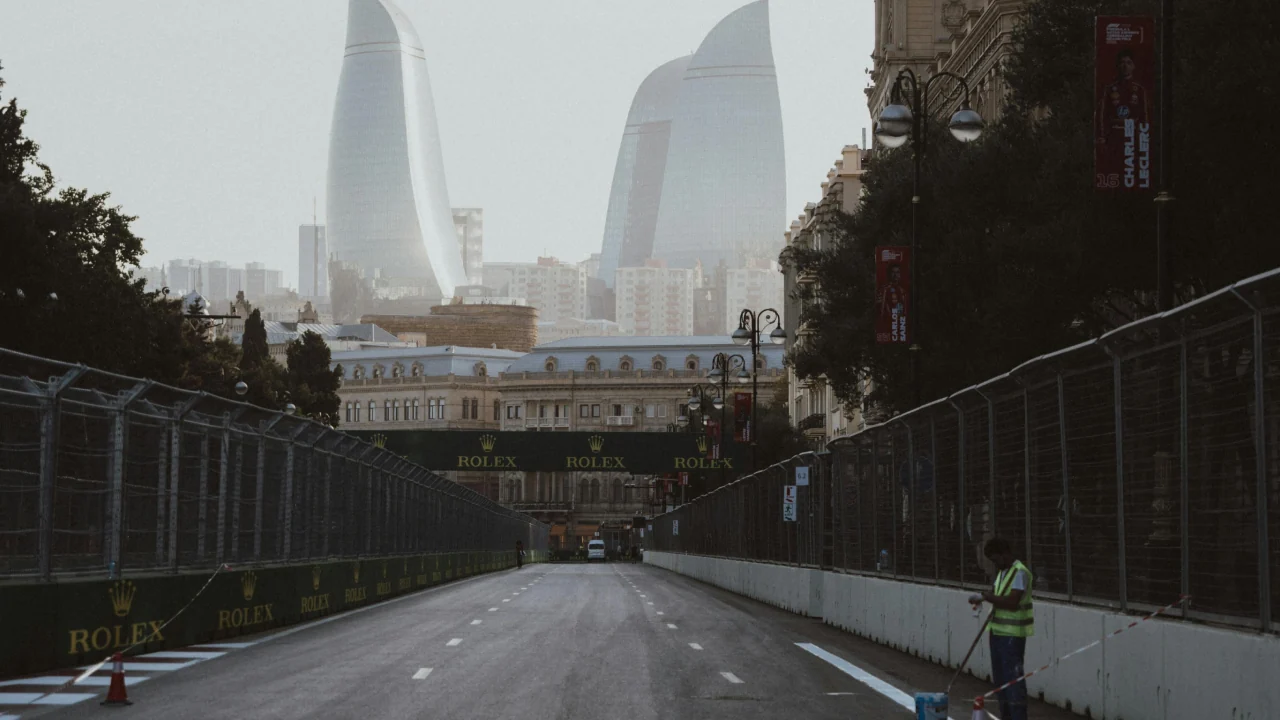
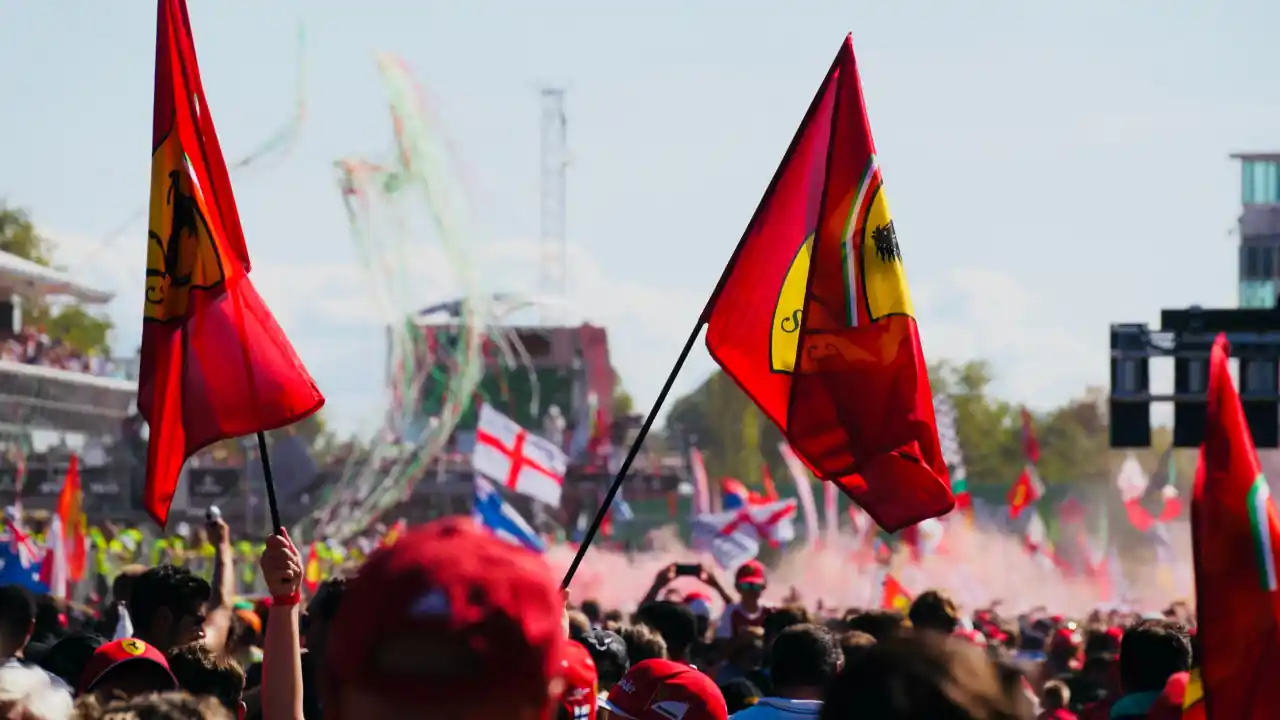

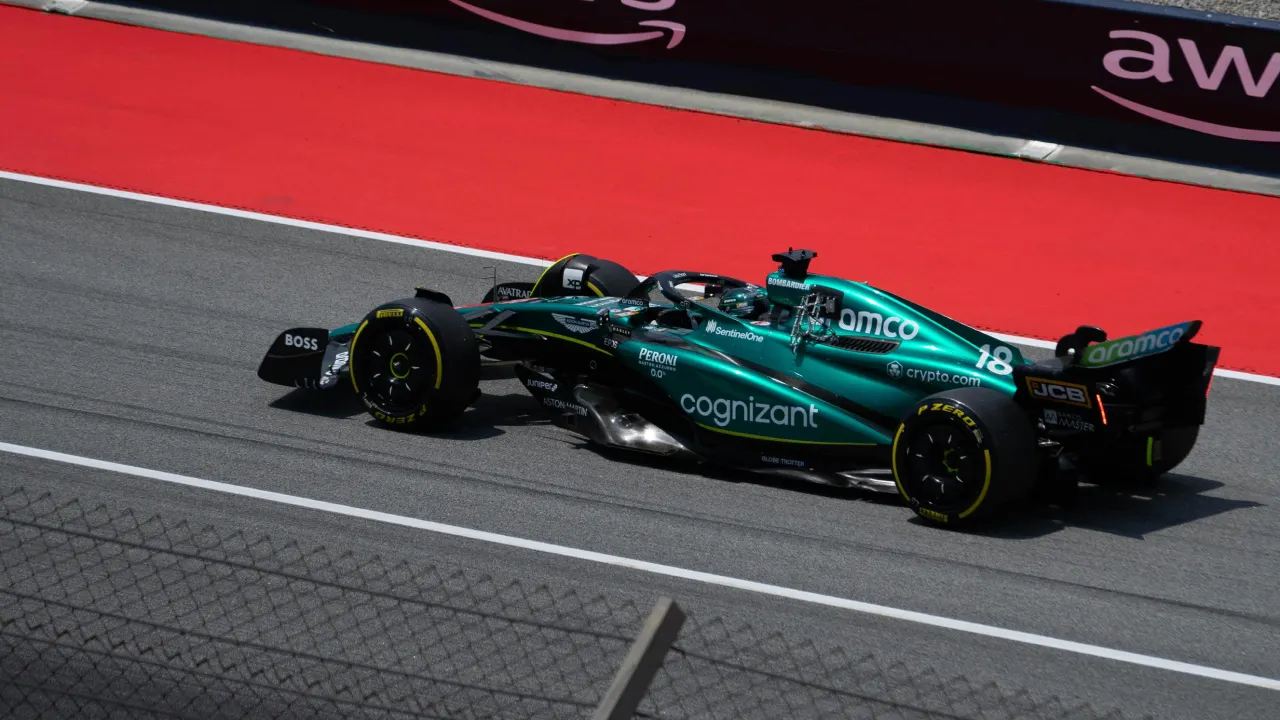


























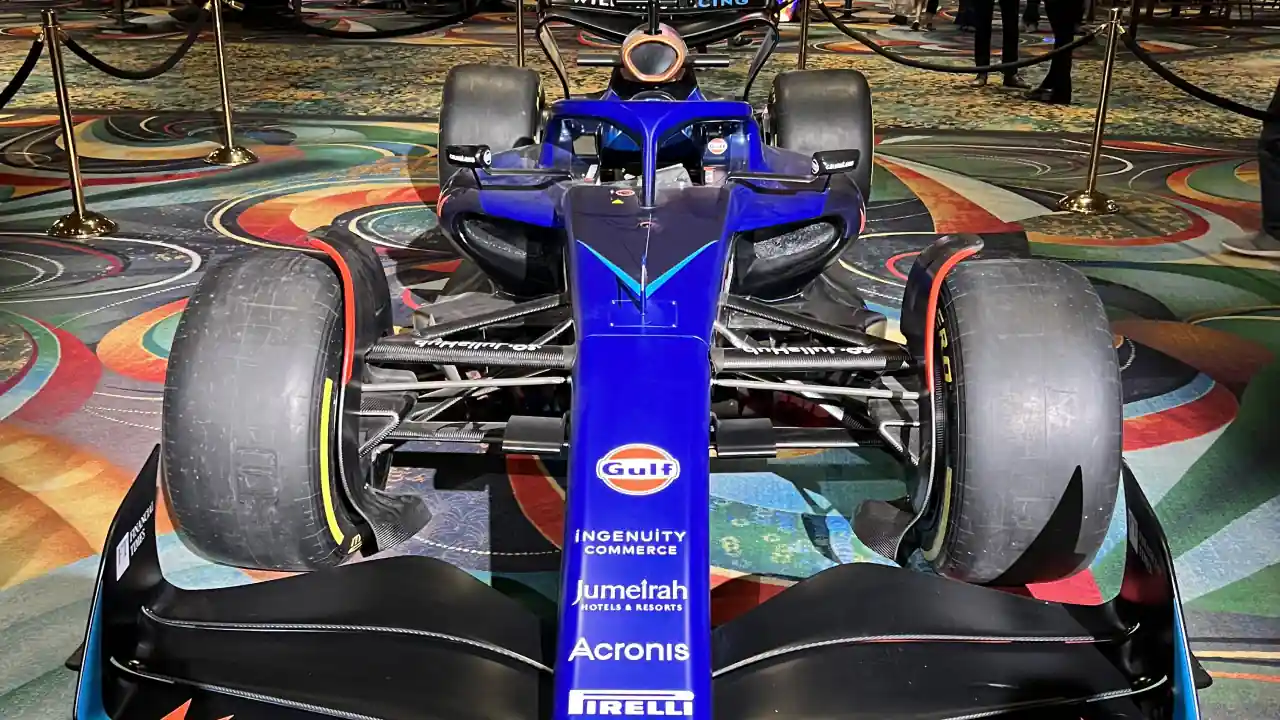
.jpeg)





.jpeg)



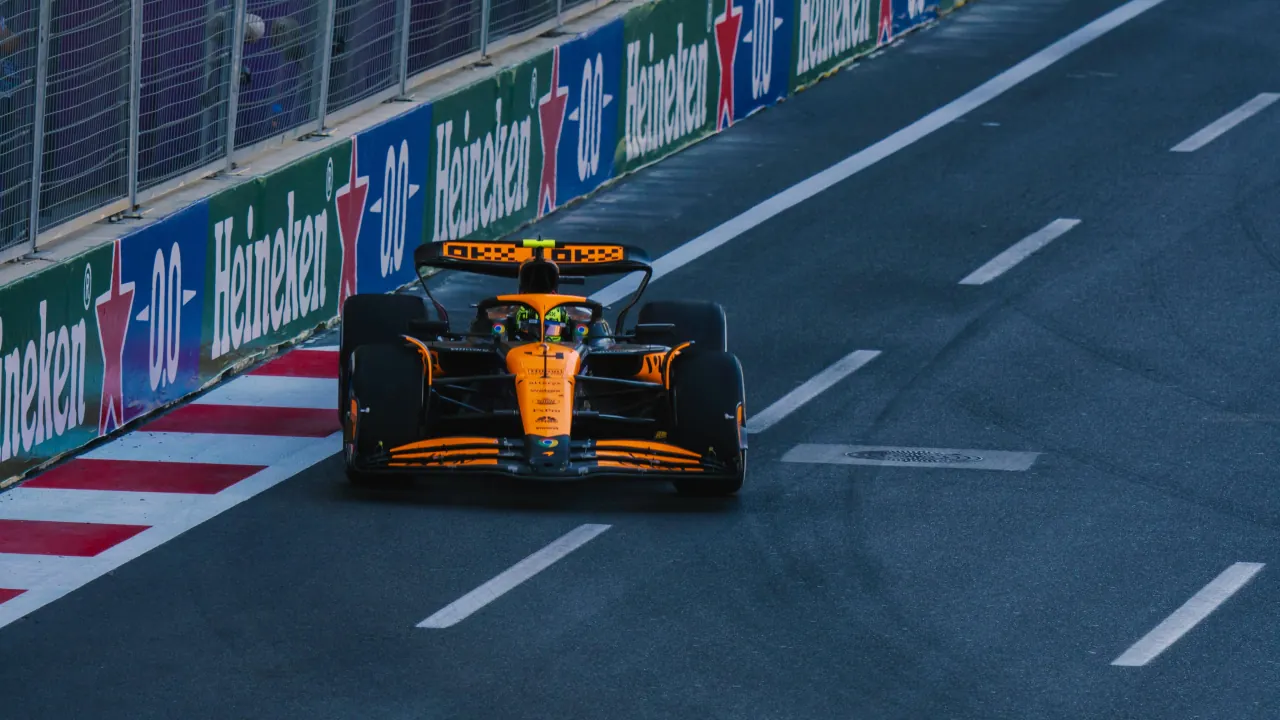

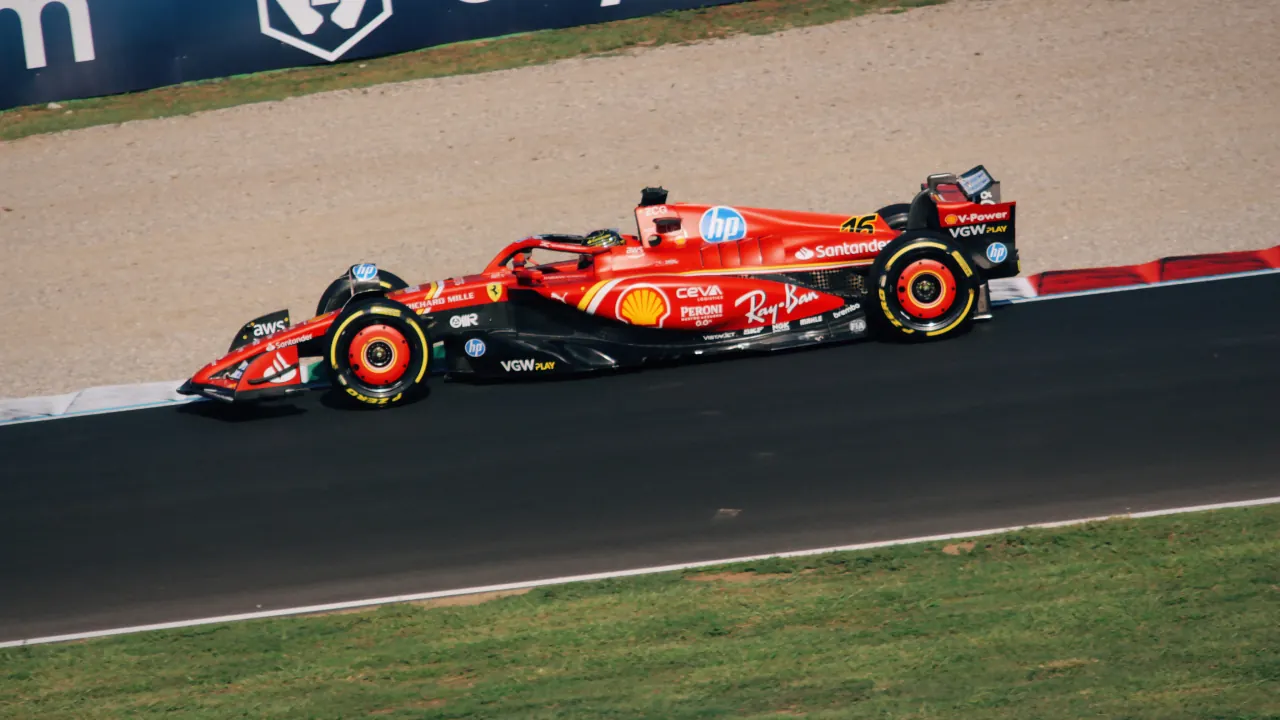
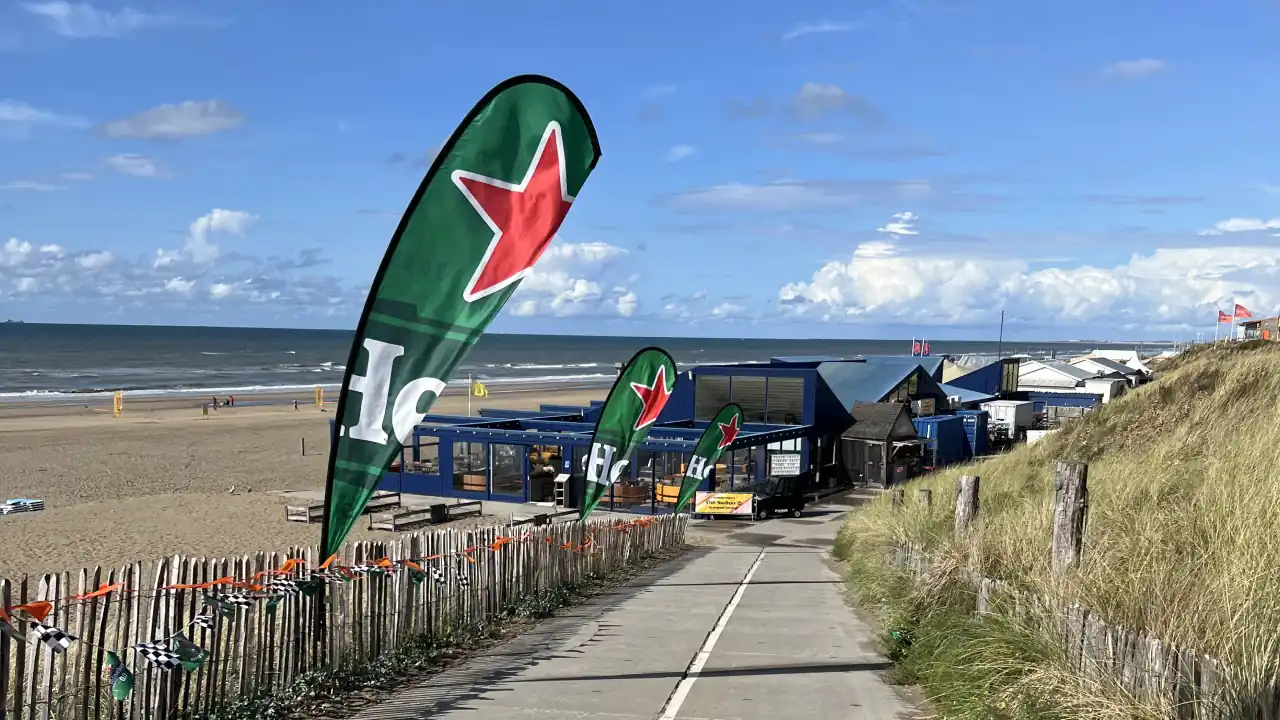








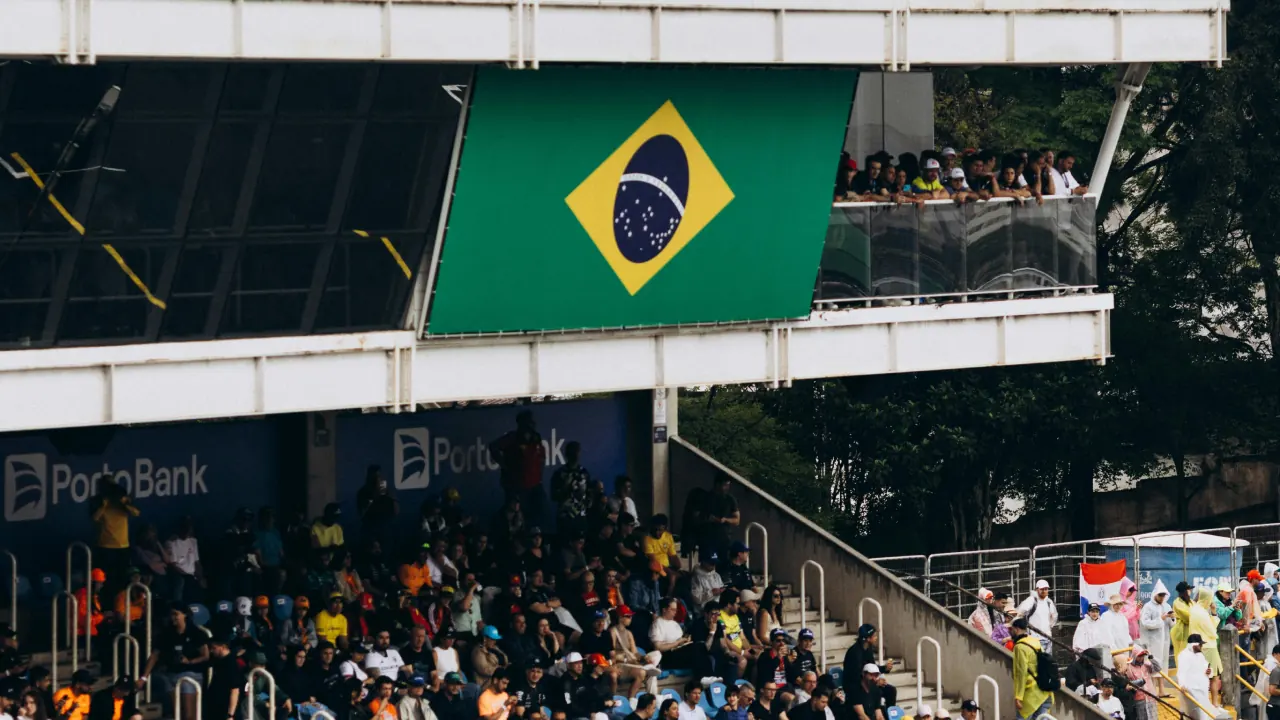




%20(1).webp)

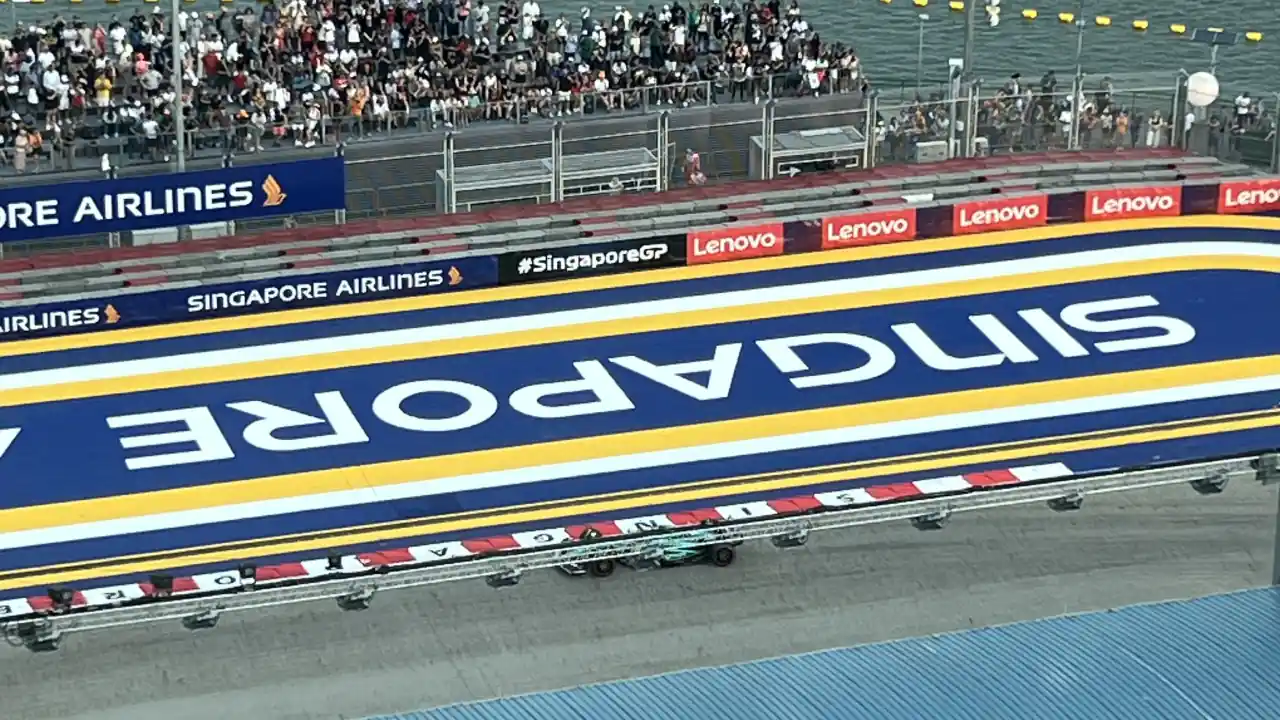

.webp)



















